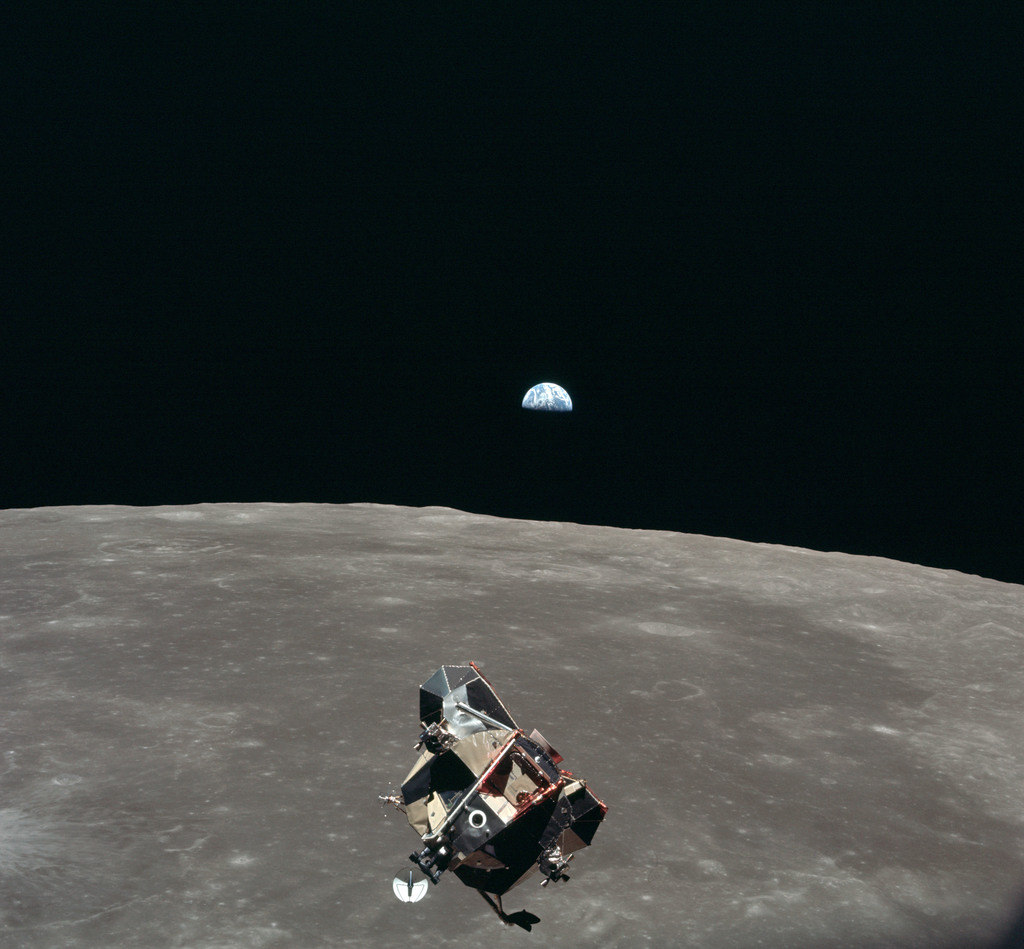Chandrayaan-3 Lander Successfully Lands in Lunar South Pole Region, Marking India’s Presence on the Moon
On August 23, 2023, India achieved a historic milestone by successfully landing a robotic spacecraft on the moon. The Vikram lander, part of the Chandrayaan-3 mission, touched down near the lunar south pole, making India the fourth country to achieve this feat after Russia, the United States, and China.
The Indian Space Research Organization (ISRO) hailed this achievement as a significant step forward for Indian science, engineering, technology, and industry. They emphasized that the soft landing of Chandrayaan-3 not only fuels curiosity but also ignites a passion for exploration within the minds of the nation’s youth. The success of this mission generates a profound sense of pride and unity as India celebrates its prowess in science and technology.
The journey to the moon took 40 days from Earth, with the Chandrayaan-3 mission costing $90 million. Comprised of a propulsion module, lander, and rover, the spacecraft lifted off from Sriharikota, India on July 14 atop a Launch Vehicle Mark 3 (LVM3) rocket. After raising its orbit around Earth and performing a trans-lunar injection burn on July 31, the probe refined its path using thrusters before entering lunar orbit. It then separated the lander from the propulsion module.
Prior to the final descent, the lander fired its thrusters on August 18 and 19 to lower its orbit. It autonomously touched down on the near side of the moon at approximately 69 degrees south latitude. This successful landing was India’s second attempt after the Chandrayaan-2 mission failed in 2019 when its Vikram lander lost communication about 1.3 miles above the surface. NASA’s Lunar Reconnaissance Orbiter later discovered and photographed the impact site and associated debris field. ISRO officials learned from this experience to ensure mission success this time.
Named after physicist Vikram Sarabhai, the father of India’s space program, the Chandrayaan-3 lander was equipped with upgraded sensors and four throttle-able engines for improved hazard detection and avoidance during descent. The lander’s legs were also strengthened, among other enhancements.
Now on the moon, the Vikram lander, resembling an SUV in size, is expected to operate for one lunar day or approximately two Earth weeks. It will utilize its three science instruments to measure the thermal conductivity and temperature of its surroundings, study the seismic activity around its landing site, and determine the density of plasma on the lunar surface. Additionally, Vikram will deploy Pragyan, a solar-powered, six-wheel rover with two science instruments. Pragyan’s purpose is to analyze the chemical, mineralogical, and elemental composition of the lunar soil.
India’s success comes shortly after Russia’s failure to land its Luna-25 mission on the moon. The Russian lander, which also targeted the south pole region, crashed into the lunar surface due to an erroneous engine burn. Prior to India’s achievement, China’s Chang’e 5 mission successfully collected and returned lunar samples to Earth in 2020. Israel and Japan have also attempted moon landings but were unsuccessful.
Looking ahead, JAXA, the Japan Aerospace Exploration Agency, plans to launch its first moon landing mission called Smart Lander or SLIM on August 26. This mission aims to attempt a landing within the next four to six months. Additionally, two U.S. companies, Astrobotic and Intuitive Machines, are scheduled to launch their first moon landers later this year as part of NASA’s Commercial Lunar Payload Services program. These landers will carry both commercial and government payloads and target the lunar south pole region.
Chandrayaan-3 marks the 145th attempted moon mission since 1958, encompassing flybys, orbiters, impactors, and landers. The Vikram lander is the 21st spacecraft to successfully touch down on the lunar surface, further expanding our understanding of Earth’s closest celestial neighbor.
